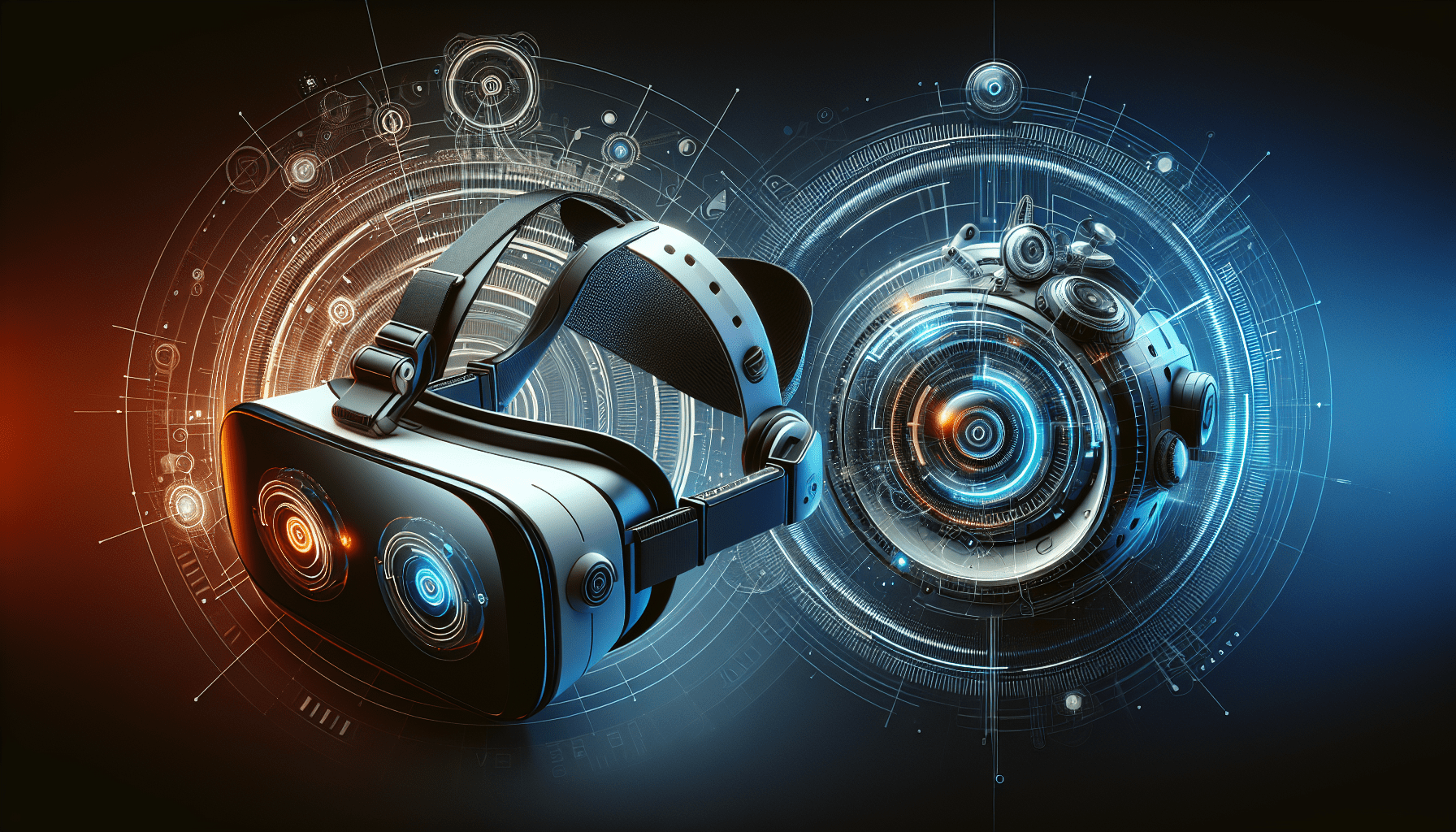Unlocking the Power of Augmented Reality and Virtual Reality in Marketing Campaigns
Are you curious about how Augmented Reality (AR) and Virtual Reality (VR) can revolutionize marketing campaigns for businesses? These cutting-edge technologies offer unique and engaging ways to connect with consumers like never before. Let’s dive into the exciting world of AR and VR in marketing to explore their potential and discover how you can leverage them to take your marketing campaigns to the next level.

Understanding Augmented Reality (AR) and Virtual Reality (VR)
If you’re not familiar with the terms AR and VR, let’s break them down for you. AR is a technology that superimposes digital content such as images, videos, or 3D models onto the real world through a device like a smartphone or tablet. On the other hand, VR is a simulated experience that completely immerses users in a virtual environment through a headset or goggles.
Augmented Reality (AR)
Imagine being able to see a 3D model of a product in your living room before you make a purchase online. That’s the power of AR. This technology overlays digital information onto the physical world, creating an interactive and engaging experience for consumers.
Virtual Reality (VR)
Now picture yourself exploring a virtual store where you can browse products and make purchases without leaving your home. VR makes this possible by transporting users to a completely digital environment, allowing for immersive and realistic experiences.
The Impact of AR and VR in Marketing Campaigns
AR and VR have the potential to transform traditional marketing campaigns into interactive and memorable experiences for consumers. By incorporating these technologies into your marketing strategies, you can create a unique and engaging brand presence that sets you apart from competitors.
Enhanced Consumer Engagement
AR and VR experiences capture the attention of consumers and keep them engaged with your brand. Interactive campaigns that utilize these technologies can lead to increased customer interaction and longer exposure to your marketing messages.
Personalized Brand Experiences
With AR and VR, you can tailor marketing campaigns to individual preferences and behaviors. By providing personalized experiences, you can build stronger connections with consumers and drive brand loyalty.
Leveraging AR and VR for Marketing Success
Now that you understand the potential of AR and VR in marketing, let’s explore how you can effectively implement these technologies in your campaigns to achieve success.
Creating Immersive Product Demonstrations
Enhance the shopping experience for customers by offering AR product demonstrations that allow them to visualize and interact with your products in a virtual space. This interactive approach can lead to higher conversion rates and increased sales.
Engaging Storytelling Experiences
Use VR to immerse consumers in captivating storytelling experiences that showcase your brand’s values, mission, and products. By creating compelling narratives in a virtual environment, you can leave a lasting impression on consumers and strengthen brand recognition.
Interactive Advertising Campaigns
Develop interactive AR ads that allow users to engage with your brand in a fun and memorable way. By incorporating gamification elements and immersive experiences, you can effectively capture the attention of consumers and drive brand awareness.
Case Studies: Successful Implementation of AR and VR in Marketing Campaigns
Let’s take a look at some real-world examples of businesses that have leveraged AR and VR in their marketing campaigns to achieve remarkable results.
IKEA Place App
IKEA’s AR app, IKEA Place, allows users to preview furniture in their homes before making a purchase. By utilizing AR technology, IKEA has revolutionized the way consumers shop for furniture online, resulting in increased sales and enhanced customer satisfaction.
The North Face Virtual Reality Experience
The North Face created a VR experience that transports users to iconic national parks to showcase their outdoor gear in action. By offering a virtual adventure that aligns with their brand values, The North Face effectively engages consumers and reinforces their commitment to outdoor exploration.
L’Oreal AR Makeup Try-On
L’Oreal’s AR makeup try-on feature allows users to test out different makeup products virtually. By providing a convenient and interactive way for consumers to explore makeup options, L’Oreal has significantly increased user engagement and sales conversions.

Overcoming Challenges in Implementing AR and VR Marketing Campaigns
While AR and VR offer exciting opportunities for marketing campaigns, there are challenges that businesses may face when integrating these technologies into their strategies. Let’s explore some common obstacles and how you can overcome them.
Cost of Development
The upfront costs associated with developing AR and VR experiences can be prohibitive for some businesses. To overcome this challenge, consider starting with simple and cost-effective campaigns that demonstrate the value of these technologies before investing in larger projects.
User Adoption
Not all consumers may be familiar with or willing to adopt AR and VR technologies. To encourage user adoption, educate your audience on the benefits of AR and VR experiences and provide clear instructions on how to engage with your campaigns.
Technical Limitations
AR and VR technologies are continually evolving, which can lead to compatibility issues and technical limitations. Work closely with developers and technology partners to ensure that your campaigns are optimized for a wide range of devices and platforms.
Conclusion
AR and VR have the power to revolutionize marketing campaigns by providing immersive and interactive experiences that captivate consumers and drive brand engagement. By leveraging these technologies effectively, businesses can create unique and memorable brand experiences that set them apart from competitors. Are you ready to unlock the potential of AR and VR in your marketing campaigns? Start exploring the possibilities today and take your marketing strategies to new heights.
